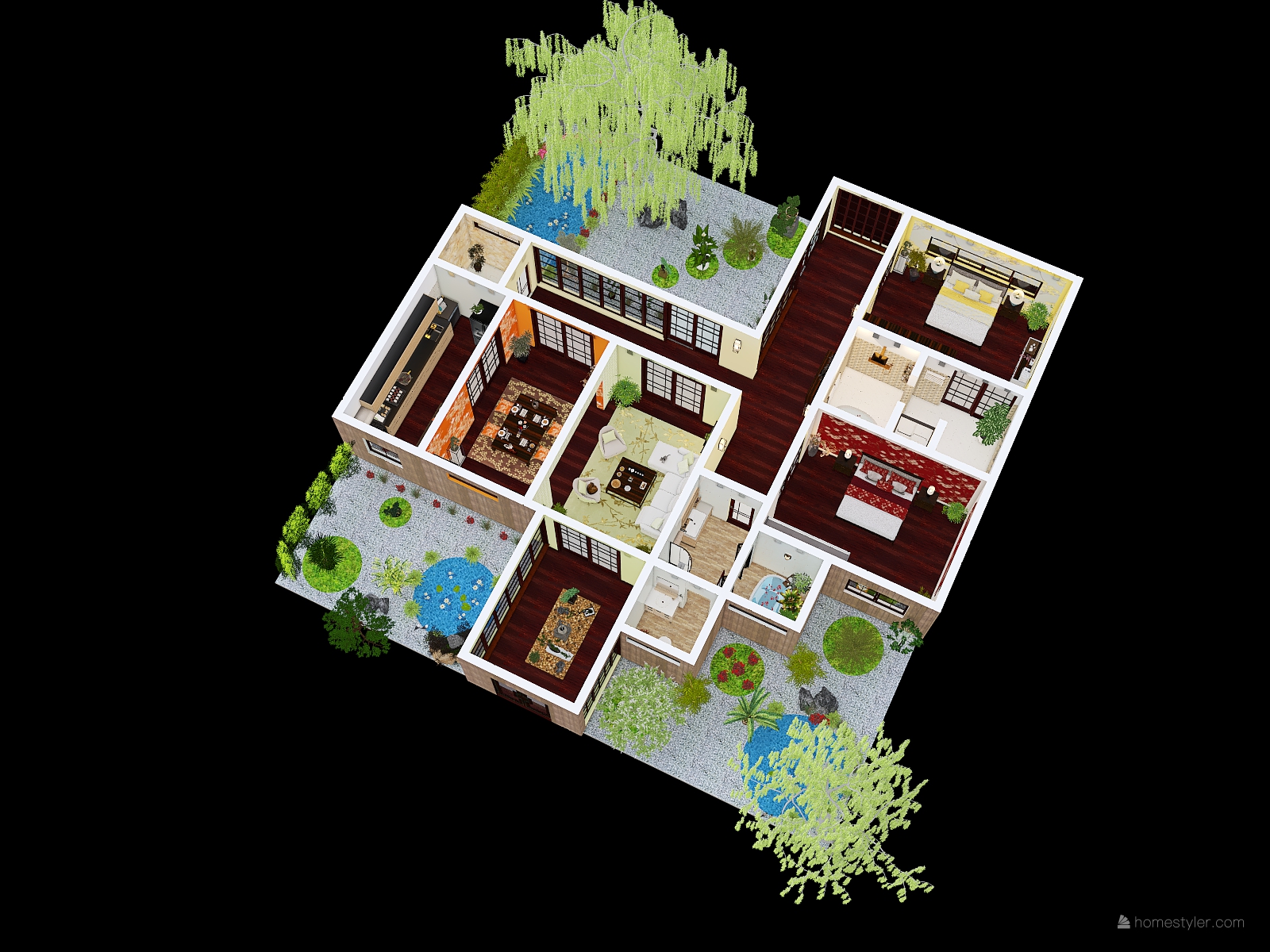


A two-way traffic continues, that started when western architects took the spare lines and flowing space of traditional Japanese buildings as inspirations for modernism. This freedom has made Japan into an incubator of architectural ideas that have then spread around the world. Keisuke Oka’s Arimaston Building, a sort-of-neolithic construction in a state of near-permanent incompletion, has become a hero in Biggu Komikku Superioru, a manga publication whose name doesn’t need translation. In modern times the fleetness of the Japanese house lends itself to treatment as an artwork, a manifesto, a fiction, sometimes a comic. Traditionally they were made of materials needing tending, like paper, thatch and mud, which made architecture come close to horticulture. It perches on its place in time and space, rather than putting down roots. It is more transient, sits more lightly on the ground, is more likely to be pulled down and started again. Except that it may not be a stretch to see a connection between the delight in imperfection that comes with the old concept of wabi-sabi, which once expressed itself in a fascination with irregular stones and wobbly ceramic, with a current interest in the artificial nature of chance spaces and objects that the modern cities, ostensibly ordinary and aesthetically disordered, throw up.Ī model of Face House, by Kazumasa Yamashita, at the Barbican Photograph: Miles Willis/Getty ImagesĪs the exhibition’s organisers point out, a house in Japan is considered differently from one in Europe. If you think that Japanese architecture is all about delicacy and contemplation you’ll be startled by the outbreaks of postmodern excess.ĭitto if you think that it is about contact with nature, the setting for almost all the projects being the modern landscapes of Tokyo and other cities, and the preferred materials often being industrial metal and concrete. The punitive combines with the playful, hard metal with shapes drawn from child-like drawings and toy building blocks.
#Japanese house blueprint windows
There are designs that strive to exclude the traditional physiognomy of windows and front door from their exteriors and there is Kazumasa Yamashita’s Face House in Kyoto, which makes them into explicit eyes and mouth. There are light, spindly constructions and ones of dolmen-like mass. There are projects that want to dissolve the boundaries between home and street and others that want to build bastions of privacy.


There are extremes, from the openness of House NA to the inward-looking concrete U that Ito designed for his recently widowed sister. There are the early works of the now-eminent Toyo Ito, from a time when he explored “the potential uselessness, discomfort and incoherence of architecture,” as the catalogue puts it. There is Sou Fujimoto’s House NA of 2011, where 74 square metres of living space are stacked up into a climbing frame of tiny decks, presenting its inner life to the street with near-complete transparency. There are houses where the rooms are separated by courtyards, such that you have to expose yourself to the weather to pass from one to another, or where unusable voids are inserted into already cramped locations, or where normal expectations of privacy, comfort, cosiness, domesticity, beauty and shelter are, with careful deliberation but for reasons not completely explained, challenged. They grew out of harsh conditions – the devastation of war, privations of the aftermath, recurrent earthquakes, shortage of land – but then often chose to add voluntary challenges of their own. It is more transient, sits more lightly on the ground A house in Japan is considered differently from one in Europe.


 0 kommentar(er)
0 kommentar(er)
